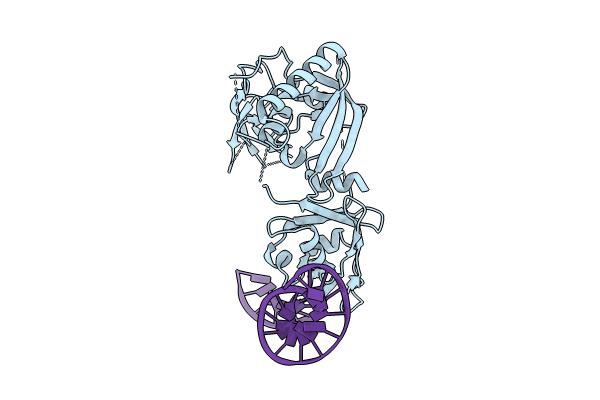
Deposition Date
2023-03-23
Release Date
2024-04-03
Last Version Date
2025-04-23
Entry Detail
PDB ID:
8OJ1
Keywords:
Title:
Crystal structure of the DNA binding domain of M. polymorpha Auxin Response Factor 2 (MpARF2) in complex with High Affinity DNA
Biological Source:
Source Organism:
Marchantia polymorpha (Taxon ID: 3197)
Host Organism:
Method Details:
Experimental Method:
Resolution:
2.57 Å
R-Value Free:
0.25
R-Value Work:
0.24
R-Value Observed:
0.24
Space Group:
I 21 21 21


